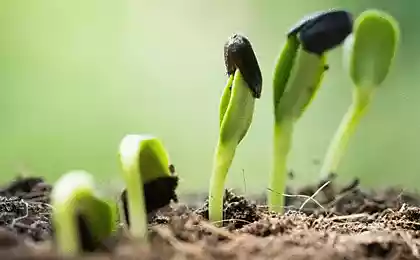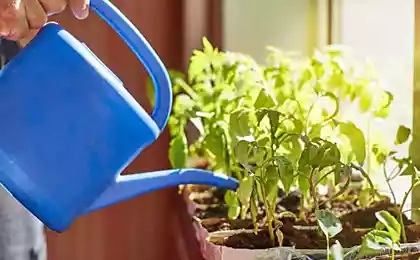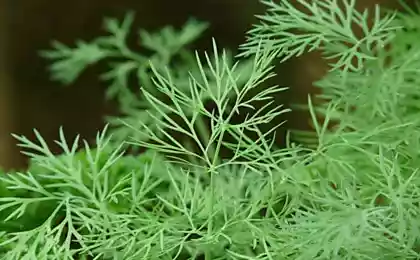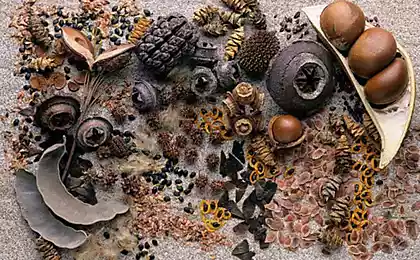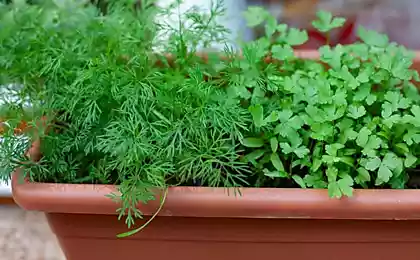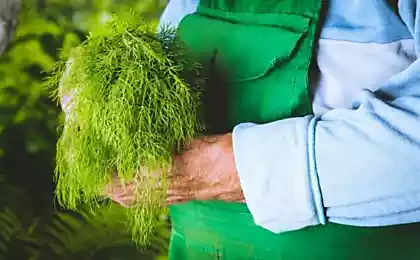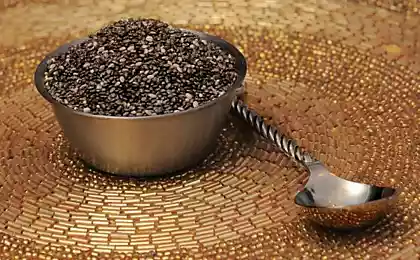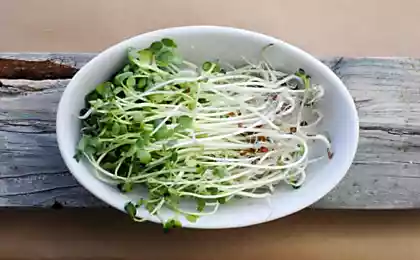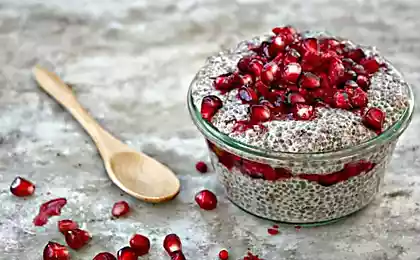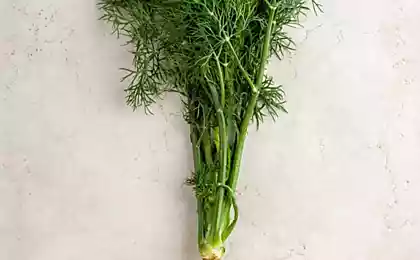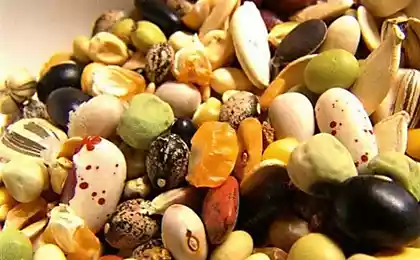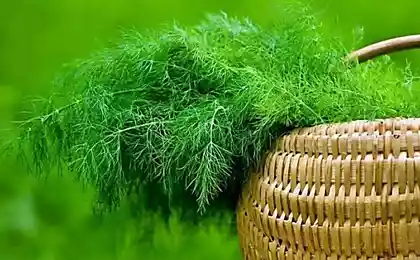202
I have fresh dill all year round, a smart friend told me how to grow it.
Scented green dill is a beautiful finishing chord in any meat or vegetable dish. A pinch of fragrant sprinkle is enough to make the taste richer and add a little spring. In autumn and winter, dill prices can bite, so many housewives refuse to buy it or buy a dried substitute.
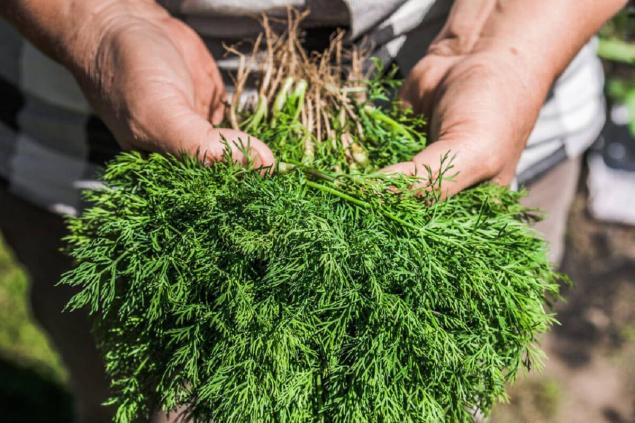
If you don't freeze the greens for the winter, "Site" Hurry up to make you happy with a great idea. Experienced gardeners have long learned to grow winter dill, which will be as tasty and fresh as summer. You'll have time to harvest a rich crop before the first frost if you plant it right now. We explain in more detail below.
Although this plant looks refined, it is extremely resistant to low temperature and does not need constant heat and sunlight. The best time to plant winter dill is October and November. Even before the first snow, it will bring a large harvest, and you can enjoy it until December and even longer.
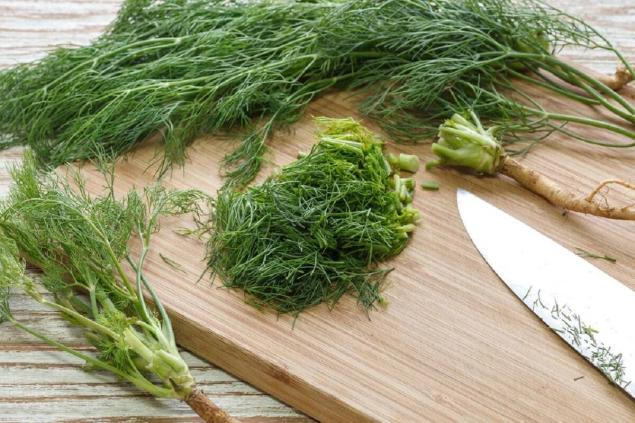
Important conditions for autumn sowing - the temperature does not fall below 10 ° C. The seeds germinate after 3 weeks, and if it is warm enough during the shoots, the cold weather will not prevent their growth.
How to grow dill for the winter Before planting, you need to prepare the soil. For dill to grow faster, it needs land with good drainage capacity. Fertilize the planting site with humus or compost, before loosening it and removing weeds. Apply 1 bucket of organic fertilizer to 1 square meter of land.
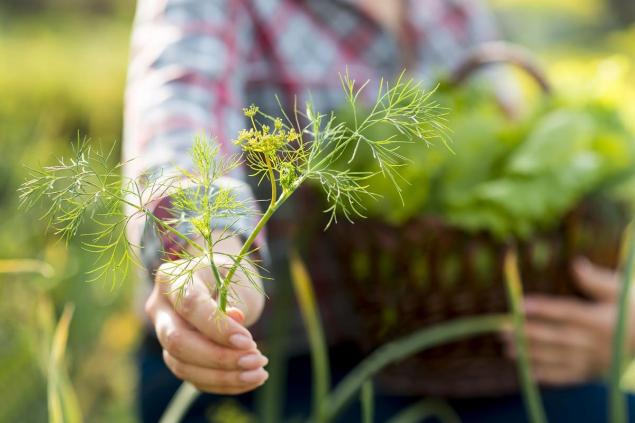
It is important to choose a cold-resistant variety of dill, which will endure sharp jumps in temperature. These are “umbrella”, “patterns”, “filigran”, “borey”, “kibrai”, “moravan”, “amazon”, “buyan”, “winter wagon” and others.
Plant the dill right! Seeds should be immersed in the ground to a depth of about 2 cm and tamped. We sow for the future, not regretting, because dill for the winter grows scarcer than usual. On average, 1 sq. m of land you will need 1.5-2 g of seeds. After planting, the soil is well fielded. Pour dill as it grows is often, but moderately so that the soil does not dry out.
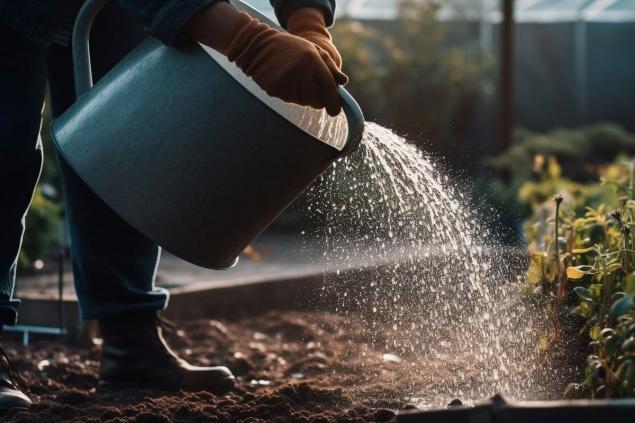
If frosts come a little earlier, cover dill with agrofiber or straw to insulate the soil. It is possible that winter will overtake its calendar dates. The seeds will not be lost, but will wait for their time and rise in the spring, when the growing season comes.
Dill can be grown not in open soil, but in pots. When it gets cold, they should be moved to a greenhouse or garage. This wonderful plant freezes when the mark of the thermometer falls below 10 ° C, but rapidly grows with the onset of warm days.
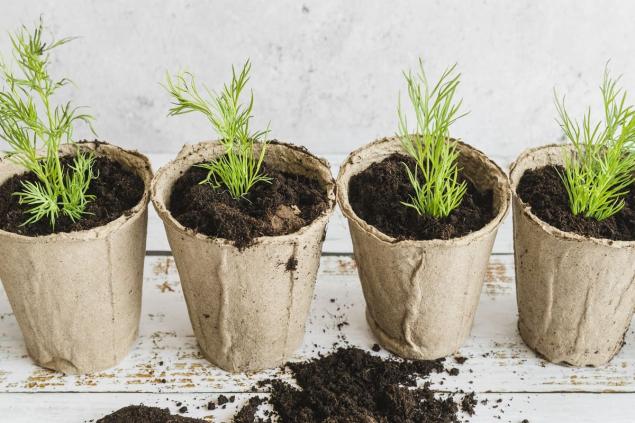
Try to germinate a fluffy plant in your apartment - it will not take much time and effort. You will need to fill a 3-liter pot with ordinary earth, feed the soil with biohumus, ammonia, vermi or hydrogen peroxide and lay seeds on top. Distribute them evenly, and then sprinkle a thin layer of earth. Pour well and put it in a dark place.
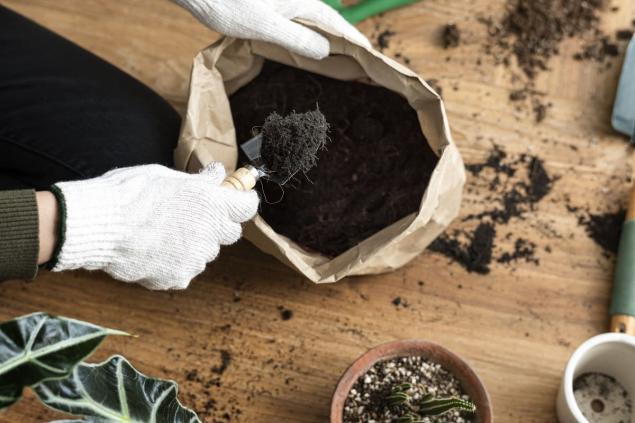
Dill will rise after 4-6 weeks. Gardeners recommend covering the pot with food film or cellophane bag to create a greenhouse effect. When the shoots appear, the film should be removed and rearranged the pot under the lamp or on the sunniest window sill. In case of home landing, any varieties of dill will suit.
Now you will be able to feast on fresh spring greens without chemical treatment and treat your household with vitamins even in the gloomy autumn season.

If you don't freeze the greens for the winter, "Site" Hurry up to make you happy with a great idea. Experienced gardeners have long learned to grow winter dill, which will be as tasty and fresh as summer. You'll have time to harvest a rich crop before the first frost if you plant it right now. We explain in more detail below.
Although this plant looks refined, it is extremely resistant to low temperature and does not need constant heat and sunlight. The best time to plant winter dill is October and November. Even before the first snow, it will bring a large harvest, and you can enjoy it until December and even longer.

Important conditions for autumn sowing - the temperature does not fall below 10 ° C. The seeds germinate after 3 weeks, and if it is warm enough during the shoots, the cold weather will not prevent their growth.
How to grow dill for the winter Before planting, you need to prepare the soil. For dill to grow faster, it needs land with good drainage capacity. Fertilize the planting site with humus or compost, before loosening it and removing weeds. Apply 1 bucket of organic fertilizer to 1 square meter of land.

It is important to choose a cold-resistant variety of dill, which will endure sharp jumps in temperature. These are “umbrella”, “patterns”, “filigran”, “borey”, “kibrai”, “moravan”, “amazon”, “buyan”, “winter wagon” and others.
Plant the dill right! Seeds should be immersed in the ground to a depth of about 2 cm and tamped. We sow for the future, not regretting, because dill for the winter grows scarcer than usual. On average, 1 sq. m of land you will need 1.5-2 g of seeds. After planting, the soil is well fielded. Pour dill as it grows is often, but moderately so that the soil does not dry out.

If frosts come a little earlier, cover dill with agrofiber or straw to insulate the soil. It is possible that winter will overtake its calendar dates. The seeds will not be lost, but will wait for their time and rise in the spring, when the growing season comes.
Dill can be grown not in open soil, but in pots. When it gets cold, they should be moved to a greenhouse or garage. This wonderful plant freezes when the mark of the thermometer falls below 10 ° C, but rapidly grows with the onset of warm days.

Try to germinate a fluffy plant in your apartment - it will not take much time and effort. You will need to fill a 3-liter pot with ordinary earth, feed the soil with biohumus, ammonia, vermi or hydrogen peroxide and lay seeds on top. Distribute them evenly, and then sprinkle a thin layer of earth. Pour well and put it in a dark place.

Dill will rise after 4-6 weeks. Gardeners recommend covering the pot with food film or cellophane bag to create a greenhouse effect. When the shoots appear, the film should be removed and rearranged the pot under the lamp or on the sunniest window sill. In case of home landing, any varieties of dill will suit.
Now you will be able to feast on fresh spring greens without chemical treatment and treat your household with vitamins even in the gloomy autumn season.
Nobel laureate in physics plans to donate money from the prize to help Ukraine
When my daughter-in-law lived with me, I was strict with her, did not feel sorry for the girl, and this is what she gave me in gratitude for this.

